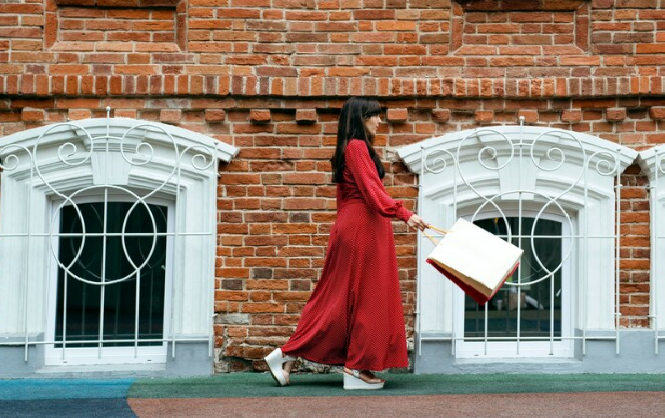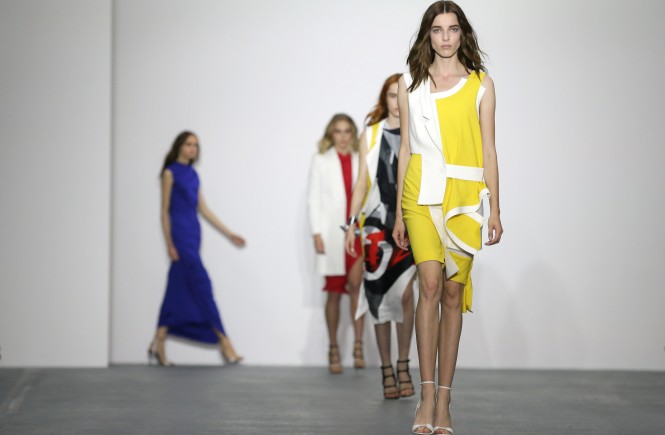Fashion is a dynamic and ever-evolving industry, constantly pushing boundaries and redefining trends. While the pace of change is undeniable, a timeless appeal to classic fashion continues to captivate generations. The intersection of classic and contemporary styles presents a unique opportunity to create a harmonious blend that celebrates the best of both worlds. In this article, we will explore how fashion enthusiasts can bridge the gap between classic and contemporary fashion, seamlessly weaving together the elegance of the past with the innovation of the present.
1. The Essence of Classic Fashion
Classic fashion has an enduring charm that transcends fleeting trends. Timeless pieces such as the little black dress, tailored suits, and pearl accessories have stood the test of time, becoming wardrobe staples for those who appreciate refined elegance. Understanding the essence of classic fashion is crucial for successfully integrating it into a contemporary wardrobe.
Embracing Timeless Silhouettes:
The foundation of classic fashion lies in its enduring silhouettes. Embracing styles that have proven timeless, such as A-line dresses, trench coats, and high-waisted trousers, provides a solid starting point. These silhouettes effortlessly blend with modern pieces, creating a cohesive look that exudes sophistication and charm. Consider incorporating a tailored blazer with a vintage cut into a contemporary outfit to add a touch of classic refinement.
Investing in Quality Materials:
Classic fashion strongly emphasises quality materials and craftsmanship. Investing in well-made, durable pieces ensures longevity and contributes to a sustainable approach to fashion. Time-honoured fabrics like wool, silk, and leather have a luxurious feel that can elevate any outfit. A classic leather handbag or a well-tailored wool coat seamlessly complements contemporary ensembles, bridging the past and present.
2. Infusing Modern Flair into Classic Wardrobes
As much as classic fashion offers timeless elegance, infusing modern flair is essential for a current and relevant wardrobe. Incorporating contemporary elements into classic wardrobes adds a refreshing twist, preventing the look from feeling outdated.
Accessorising with Statement Pieces:
One of the simplest ways to introduce modernity to a classic ensemble is through statement accessories. Bold, contemporary jewellery, vibrant scarves, or trendy handbags can breathe new life into traditional outfits. For instance, pairing a classic black dress with avant-garde earrings or a geometric-patterned clutch can transform the entire look, striking a perfect balance between classic and contemporary aesthetics.
Mixing Patterns and Textures:
Breaking away from the monotony of solid colours is a crucial aspect of modern fashion. Introducing pattern mixing and experimenting with different textures adds a playful touch to classic pieces. For example, combining a classic striped shirt with a floral-printed skirt or layering a chunky knit sweater over a silk blouse creates an eclectic yet harmonious fusion of classic and contemporary elements.
3. Celebrating Heritage Through Fashion
Heritage plays a pivotal role classically, drawing inspiration from the styles of bygone eras. Integrating cultural heritage into contemporary fashion pays homage to the past and fosters a sense of identity and individuality.
Incorporating Traditional Textiles:
Many cultures boast rich textile traditions that can be seamlessly integrated into contemporary wardrobes. Incorporating handwoven silk, ikat, or tartan into modern silhouettes pays tribute to cultural heritage while adding a unique and personalised touch to fashion choices. A contemporary dress made from traditional textiles can represent the fusion between classic and modern styles.
Reimagining Vintage Pieces:
Vintage clothing offers a treasure trove of inspiration for creating a distinctive and authentic style. Reimagining and modernising vintage pieces breathe new life into garments with historical significance. Whether repurposing an antique lace blouse or updating a retro jacket with a contemporary twist, these transformations bring a sense of nostalgia into the present fashion landscape.
4. Adapting Classic Fashion to Different Settings
One of the challenges of merging classic and contemporary fashion is adapting the style to different settings and occasions. Finding the right balance ensures that the outfit suits formal and casual events.
Transitioning from Day to Night:
Classic fashion often exudes a refined and formal aura, making it suitable for professional settings. However, adapting classic pieces for a seamless transition from day to night requires thoughtful styling. A tailored suit can effortlessly transition from a corporate meeting to a dinner date by swapping a button-down shirt for a silk camisole and adding bold lipstick. The versatility of classic pieces allows for easy transformations suitable for various occasions.
Casualising Classic Pieces:
Casual settings may seem at odds with the formality of classic fashion, but with the proper styling, classic pieces can be integrated into laid-back, everyday looks. Pairing a structured blazer with distressed jeans or combining a classic trench coat with a graphic T-shirt and sneakers creates an effortlessly chic casual ensemble. This approach ensures that classic fashion remains accessible and adaptable in diverse settings.
Conclusion
In fashion, the bridge between classic and contemporary styles is a fascinating intersection where tradition meets innovation. Fashion enthusiasts can create a wardrobe that transcends time and trends by understanding the essence of classic fashion, infusing modern flair, celebrating cultural heritage, and adapting styles to different settings. The key lies in embracing the best of both worlds, allowing classic and contemporary elements to coexist harmoniously. This dynamic fusion speaks to personal style and reflects a broader narrative of the evolution of fashion through time.




